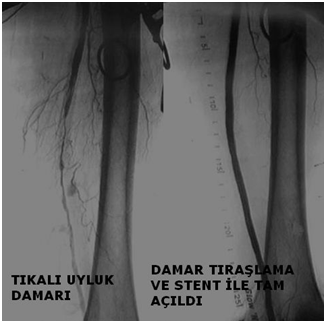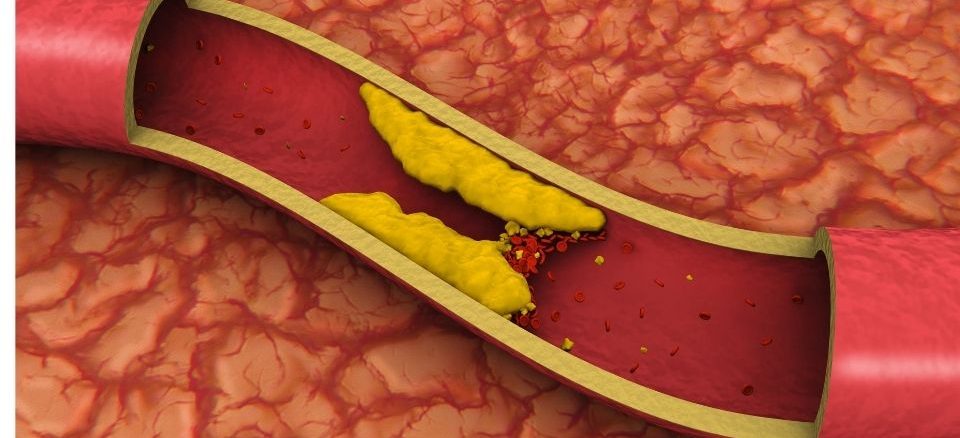- 4 February 2023
- Comment: 0
- Treatments
Atherosclerosis is a condition characterized by the formation of fat-containing layers (plaques) in the arteries to create stenosis and cause stiffness in the arteries. Atherosclerotic vessels thicken, harden, and eventually become clogged. Atherosclerosis is the most common cause of atherosclerosis worldwide. When these stenoses reach a certain degree, complaints begin due to anemia in the organs or tissues fed by the vein as a result of preventing the flowing blood flow.
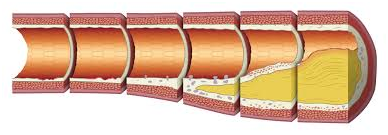
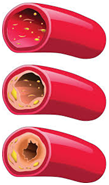
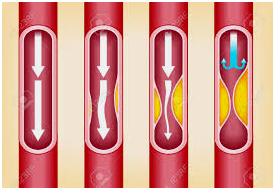
The aim of the treatment of atherosclerosis is to prevent and regress the progression of the disease. For this purpose, prevention or treatment of risk factors that play a role in the development of atherosclerosis should be performed. For example, lowering blood pressure, reducing dietary fat and cholesterol, weight loss, a non-smoking life, controlling blood sugar if there is diabetes, and a more active and dynamic life should be encouraged. The main drugs used are cholestyramine, colestipol, gemfibrozil, statin derivatives, which are fat and cholesterol lowering. In addition, drugs that thin the blood are aspirin, clopidogrel and ticlopidine.
The most common complaint due to vascular disease of the legs is the pain (claudication intermittent) that comes to the calves, the muscles around the thighs and the buttocks, usually in the form of cramps, by walking, running, climbing stairs. The most important feature of the pain that comes with walking is that the pain goes away on its own within 3-5 minutes when walking is stopped. The pain almost always comes at the same distance with every walk. However, this distance can be shortened over time.
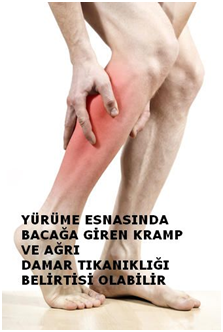
As the blood flow decreases over time, the pain begins to appear even at rest. Pain often occurs at night. The person wakes up at night as a result of pain in his leg, when he gets up and walks around, the pain goes away a little and goes back to sleep. After a while, the pain becomes permanent and begins to continue during the day. Patients often feel more comfortable when they hang their legs over the edge of the bed. In this case, walking pain begins to come at much shorter distances.
In more advanced stages, painful sores and gangrene can develop on the feet and especially on the toes.
In early-diagnosed leg vein diseases, treatment can be started with a more active life with exercise, weight loss, treatment of diabetes and hypertension, if any, and lowering high cholesterol and lipid levels.
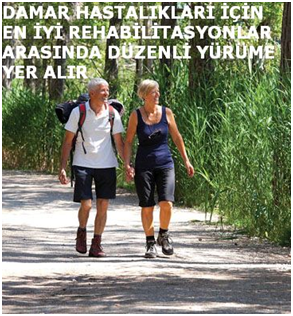
Treatment of vascular occlusion with angiography
Today, it is the most commonly used, easy, reliable and very effective treatment method in the treatment of vascular occlusion.
The most important advantage of opening the vascular occlusion with angiography is that the procedure is very easy, there is no need for surgical incision, the patients can usually be sent home on the same day and the procedure can be repeated many times if necessary.
With interventional radiology, all arterial stenosis and occlusion can be treated, except for the heart vessels. All materials used in the treatment of vascular occlusion (balloon, medicated balloon, stent, medicated stent, vascular shaving method) can be used in our center.
Angiography is performed; veins with vascular occlusion are displayed. The area where the vein is blocked is opened with the balloon, stent or one of the vein trimming methods. It is easy to open if the vein is occluded, but it can be more difficult if there is complete occlusion. When the vascular occlusion is treated, the procedure is terminated. After successful treatment, the patient’s leg-related walking pain should go away completely or to a large extent. If the treatment is for foot wounds, wound healing may take a long time despite successful treatment.
